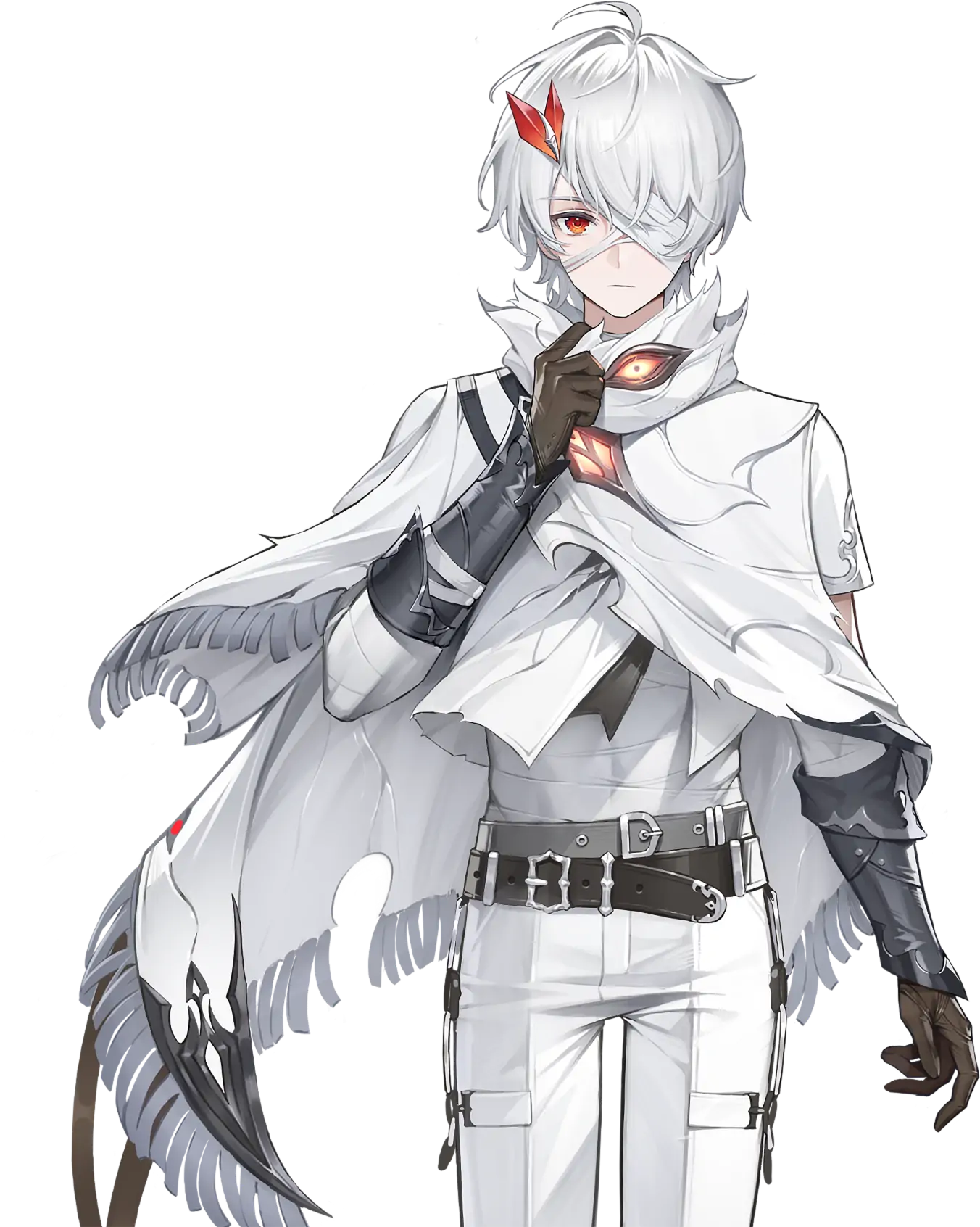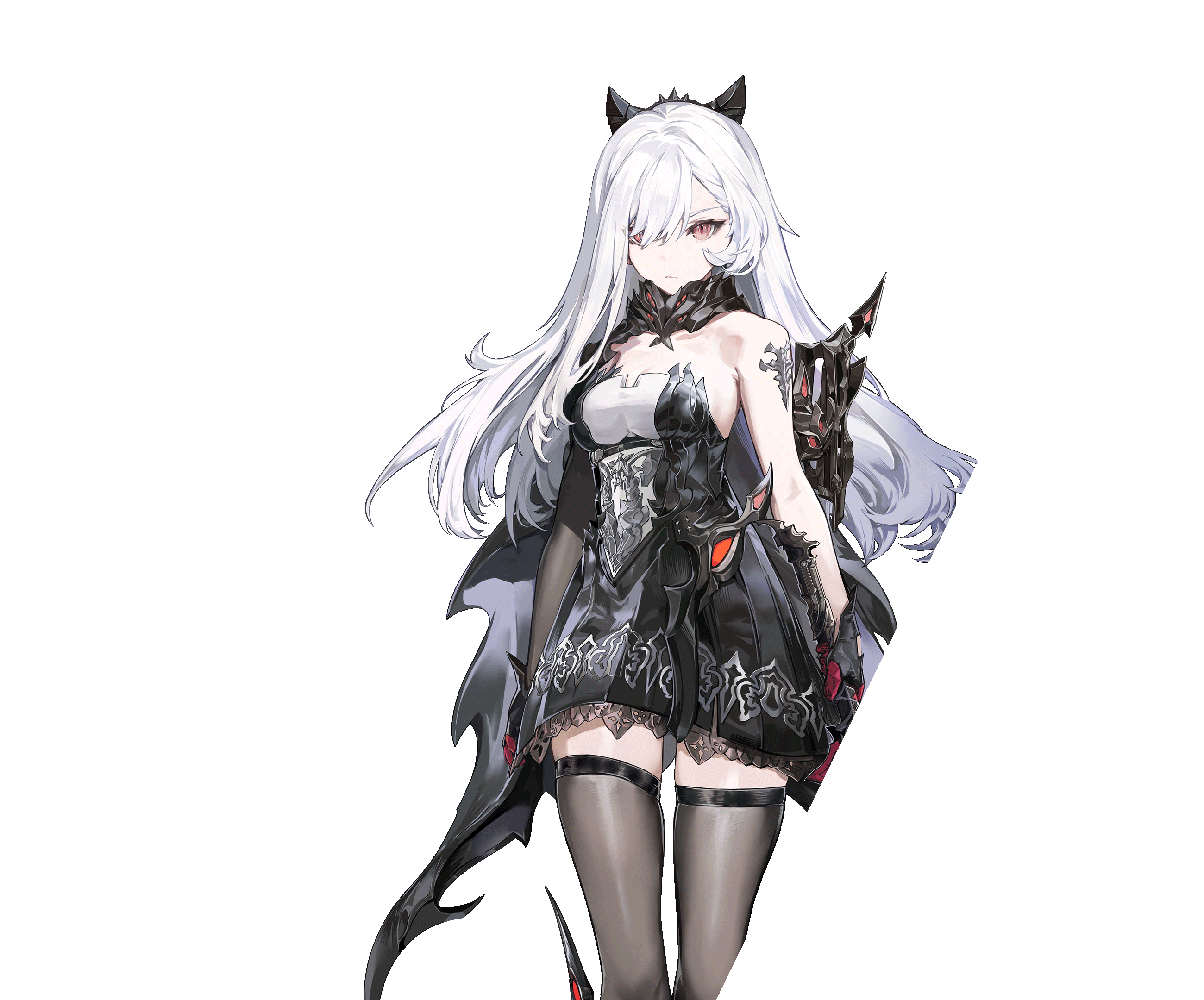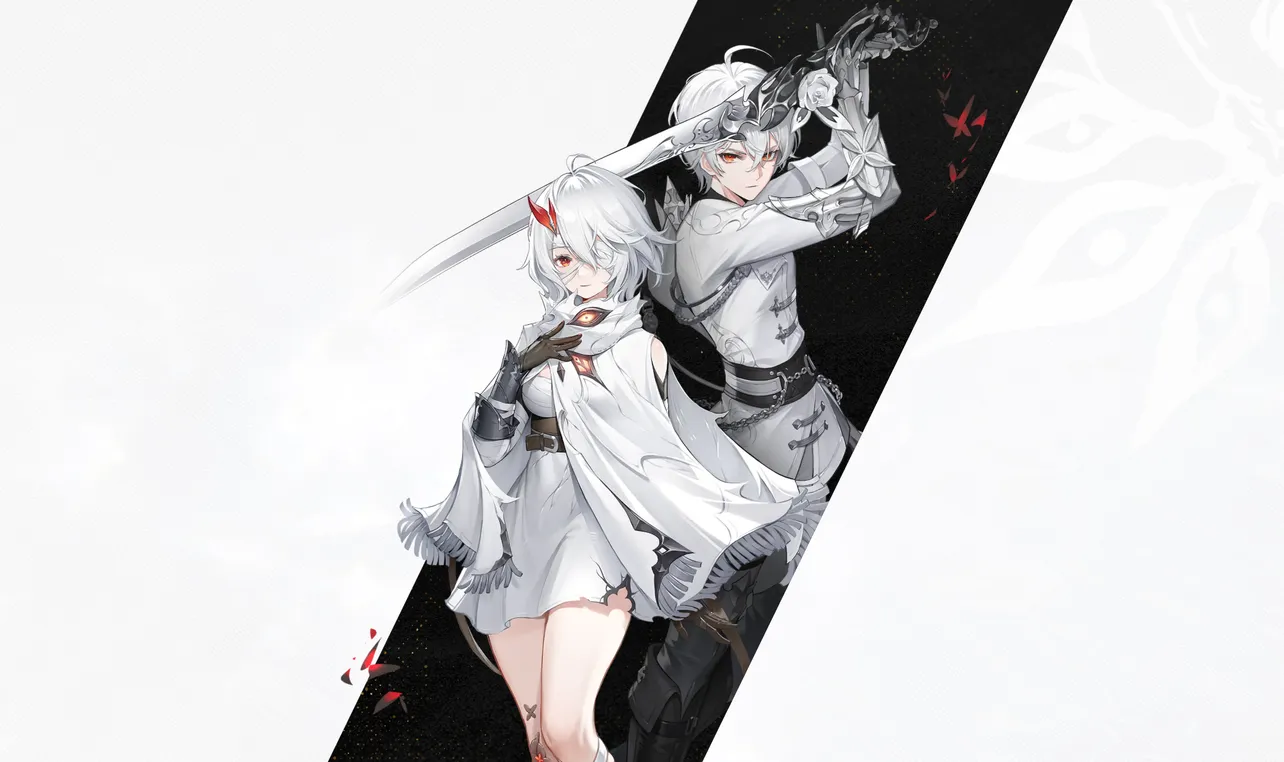Duet Night Abyss builds its narrative around two leads who occupy opposite ends of the same conflict. On one side is Phoxhunter, a player-customizable protagonist defined by survival and loss. On the other is the Boy/Girl in the Dream, a counterpart who sits closer to institutions and power. The game tells its story by cutting between these perspectives and eventually bringing them into the same orbit.
Phoxhunter: personal stakes, wider fallout
Phoxhunter is one of the two protagonists. The character’s setup is intimate: a Phoxene hunter whose quiet life with Berenica is shattered by forces far bigger than either of them. From there, the arc is classic “small life pulled into big machinery.” You start outside the centers of power, and the momentum comes from what’s taken from you and what you decide to do about it.
This framing keeps Phoxhunter’s chapters grounded in the human cost of the world’s conflicts. Choices here feel reactive at first; the scale grows as you get pulled into factional struggles and cross paths with the other lead.

The Boy/Girl in the Dream: inside the machine
The Dream protagonist mirrors Phoxhunter’s path from the other side. Instead of beginning at the margins, these chapters look inward at systems: how authority functions, how it maintains itself, and what it demands in return. The perspective is less about escape and more about navigating identity within structures that already have rules for who you’re supposed to be.
When these threads meet, the contrast is deliberate—personal grief set against institutional logic. The interplay helps the game revisit the same events with different context rather than treating them as one-off plot beats.
Character customization and how it works across both leads
You choose the gender and name for both protagonists before you begin. That means any combination is valid: both male, both female, or one of each. Phoxhunter’s appearance reflects your choices, and the Dream protagonist follows the same model. The narrative shape remains fixed, but character presentation aligns with what you set at the start.
How the two perspectives connect in play
The structure is designed to show you converging truths. Phoxhunter’s path introduces the cost of conflict from the ground level; the Dream’s path reveals how those conflicts are rationalized and executed by the groups that benefit. You revisit major moments from different angles, and the timeline converges as the leads intersect.
That setup does two things:
- It gives you context that one protagonist alone wouldn’t see.
- It sets up character-driven tension when personal goals collide with institutional priorities.
Shared voice cast for both protagonists
Both leads share the same set of voice actors across languages. The game uses separate actors for male and female options, and those assignments apply to Phoxhunter and the Dream protagonist alike.
| Language | Male voice | Female voice |
|---|---|---|
| English | Joshua Wichard | Emma Ballantine |
| Japanese | Natsuki Hanae | Akari Kito |
| Korean | Kim Hye-seong | Yoon Ah-yeong |
| Chinese | Deng Youxi (邓宥希) | Dafang Gong |

Berenica’s role in grounding Phoxhunter
Berenica isn’t just a catalyst; she represents the fragile stability Phoxhunter tries to preserve. Descriptions of her frame a life built on mutual reliance and quiet routine—precisely what’s broken when conflict arrives. That’s why her abduction reads as more than a plot hook; it marks the end of choosing not to engage with the wider world.
What to expect from the story rhythm
The dual-lead format is less about parallel missions and more about perspective. Expect to:
- Switch between viewpoints to reframe the same events.
- See how individual choices ripple outward into faction politics.
- Watch the protagonists’ paths move toward a shared inflection point.
If you want a straight line from setup to resolution, this approach can feel like a detour. If you’re interested in how context changes meaning, the structure is the point.
At its best, Duet Night Abyss uses Phoxhunter and the Dream protagonist to argue that stories change depending on where you’re standing. Set both characters the way you want, pay attention when their timelines overlap, and let the game show you why neither view is complete on its own.

